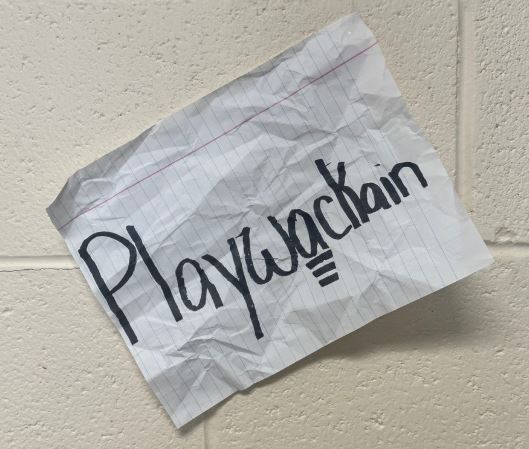By Tim Cho
Editor in Chief
It has come to that time of the year—no, not Gym Night or prom or class trips. For students enrolled in Advanced Placement courses, AP season has begun.
AP courses are academically more rigorous than the Honors and College Prep courses, meant to mimic a college-level education. In May, AP students participate in the AP national exams, which determine how well a student knows a course’s curriculum and scores the students, on a one to five scale, with five as the highest score.
AP courses have a reputation for being difficult and time-consuming, and for good reason. For example, AP United States History covers America’s history, starting from the Native Americans in the 16th century and ending with the beginning of the 21st century. Thus, 500 years of American history is examined and analyzed, finishing with a national exam that spans the entire curriculum.
Furthermore, while most courses at Neshaminy follow the September-to-June curriculum calendar, AP courses follow a September-to-April schedule; once all relevant material has been covered by April, teachers and students then begin preparing and reviewing for the national exam in May.
Some students also take more than one AP course. Consequently, even more time is spent learning the material. Taking AP courses is not a light matter or for the fickle-minded—it is a serious commitment to learning.
“They’re only worth taking if you feel confident in that field of study and have some time to commit to that course. On average an AP class will have 4 hours of homework a week, which isn’t too overbearing if you can master time management,” Emre Fisher, Neshaminy senior, said.
However, there are benefits from taking these challenging courses. Some students desire more challenging courses, more diverse curricula and specialized education to serve as a kick start for their college education.
The biggest incentive for taking AP courses is the available college credits. Each college and university has its own requirements, but nonetheless, the opportunity to bypass college courses while still in high school has drawn hundreds of students to take AP courses.
College credits costs anywhere between 100 dollars and a few hundred dollars. Meanwhile, AP national exams cost 92 dollars. Thus, it is cheaper to take AP exams, especially if students plan on taking multiple AP courses.
Most public colleges and universities require a score of at least three for AP credit to apply. More prestigious and exclusive colleges and universities require higher AP scores, however.
Knowing all of this, it is no wonder students hesitate when deciding which AP class they want to take, if they want to take one at all. For those already in AP courses, now is the time when the end is approaching; the finish line is just on the horizon and after three months, the worst will have passed.
Currently, Neshaminy increases the number of AP courses students can take as they progress towards senior year. The first available AP courses are in sophomore year, when students can take AP European History, AP Environmental Science and AP Music Theory. Juniors are able to take AP Statistics, AP Biology, AP Chemistry, AP United States History, AP European History and AP Music Theory. Seniors have the greatest variety with AP Statistics, AP Biology, AP Chemistry, AP Physics, AP United States History, AP European History, AP Psychology, AP American Government & Politics, AP Spanish, AP French and AP Music Theory.
Students who pursue AP courses prefer more challenging courses, but end with long-lasting benefits. Those who succeed in AP courses learn how to academically survive, whether it be good time management or searching on the Internet for answers to an assignment due the next day. In any case, AP students prepare themselves for their college education.






